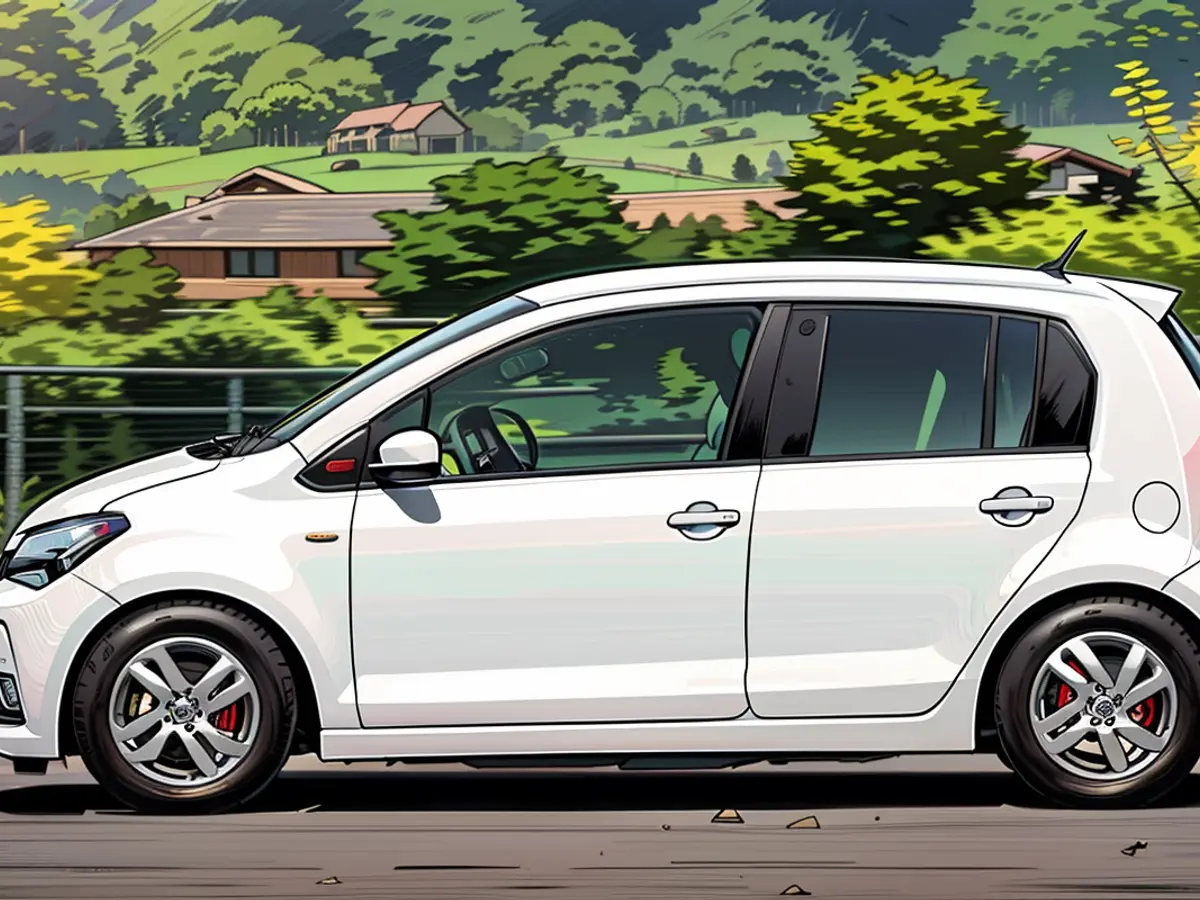Seat Mii shines at TÜV - with minor flaws
The Seat Mii is a reliable car, its TÜV assessment as a city car is exceptionally good. However, there are a few cosmetic flaws.
The Seat Mii earns loyalty points that last a lifetime. The "Auto Bild TÜV-Report 2024" reports on the vehicle inspection (HU) that more than 67 percent of 10- to 11-year-old Mii models still pass without issues, exceeding the average.
This sounds like a recommendation to buy the city car, which is identical in construction to the VW Up and the Skoda Citigo. However, there are a few things to consider:
Model History
The Mii was introduced to the German market in 2012, with a model update in 2017 that mainly affected the interior. In 2020, another slight facelift saw the combustion engines phased out, with only a fully electric version offered. Production of the Mii electric was finally discontinued in mid-2021.
Body and Variants
Initially, the Mii was offered as a three- and five-door, with the five-door version becoming the only option later on. As a small car, it always has a hatchback. It was also built with a natural gas drive (Ecofuel).
Dimensions (according to ADAC)
- 3.56 meters x 1.64 to 1.65 meters x 1.48 meters (L x W x H)
- Boot volume: 251 to 951 liters (Electric version: 251 to 923 liters; Natural gas version: 213 to 913 liters).
Strengths
Thanks to its low weight, the Mii is not a fuel or energy guzzler. For a small car, it has a high safety level, earning five stars in the NCAP crash test. Almost all suspension components, from shock absorbers to steering, have very low error rates in the HU. According to the current report, brake lines, hoses, and discs, as well as exhaust systems, prove to be exceptionally durable. The exhaust gas test (AU) is no hurdle.
Weaknesses
The foot brake is often criticized, and older Mii models are not entirely unfamiliar with rust on supporting parts. All model years frequently fail the HU with defective rear lights and adjusted low beam, with the second check being the worst. Oil loss is sometimes detected - unexpectedly early - at the first inspection, and the steering joints are statistically weak.
Breakdown Behavior
The ADAC places the Spanish mini in its own breakdown statistics from the first year of registration in 2016 on good positions, with older models performing moderately. The main breakdown points are brake pads, the mechanical parking brake (both 2014 to 2018), and brake drums (2013 and 2015 to 2016). Spark plugs (2012 and 2014 to 2015) and the vehicle's electrical system, which is particularly prone to breakdowns in 2012 cars, also contribute.
Engines
- Petrol (Three-cylinder, front-wheel drive): 44 kW/60 PS and 55 kW/75 PS
- Natural gas (Three-cylinder, front-wheel drive): 50 kW/68 PS
- No diesel
- Electric motor (Front-wheel drive): 61 kW/83 PS
Dealer Resale Value according to the German Automobile Trust (DAT) with statistically expected kilometers - three price examples
- Mii 1.0 Base (Right-hand drive; 6/2015); 44 kW/60 PS (Three-cylinder); 99,000 kilometers; 4,423 Euro
- Mii FR-Line Ecofuel (6/2016); 50 kW/68 PS (Three-cylinder); 90,000 kilometers; 5,555 Euro
- Mii electric Base (Five-door; 6/2020); 61 kW/83 PS (Electric motor); 49,000 kilometers; 12,179 Euro
The Seat Mii's reliability is further highlighted by the high percentage of 10- to 11-year-old models with passing vehicle inspections, with 67% still passing without issues, as reported in the "Auto Bild TÜV-Report 2024". When considering seat models, the Seat Mii with its durable exhaust systems and exceptionally robust brake lines, hoses, and discs, is a standout choice.








